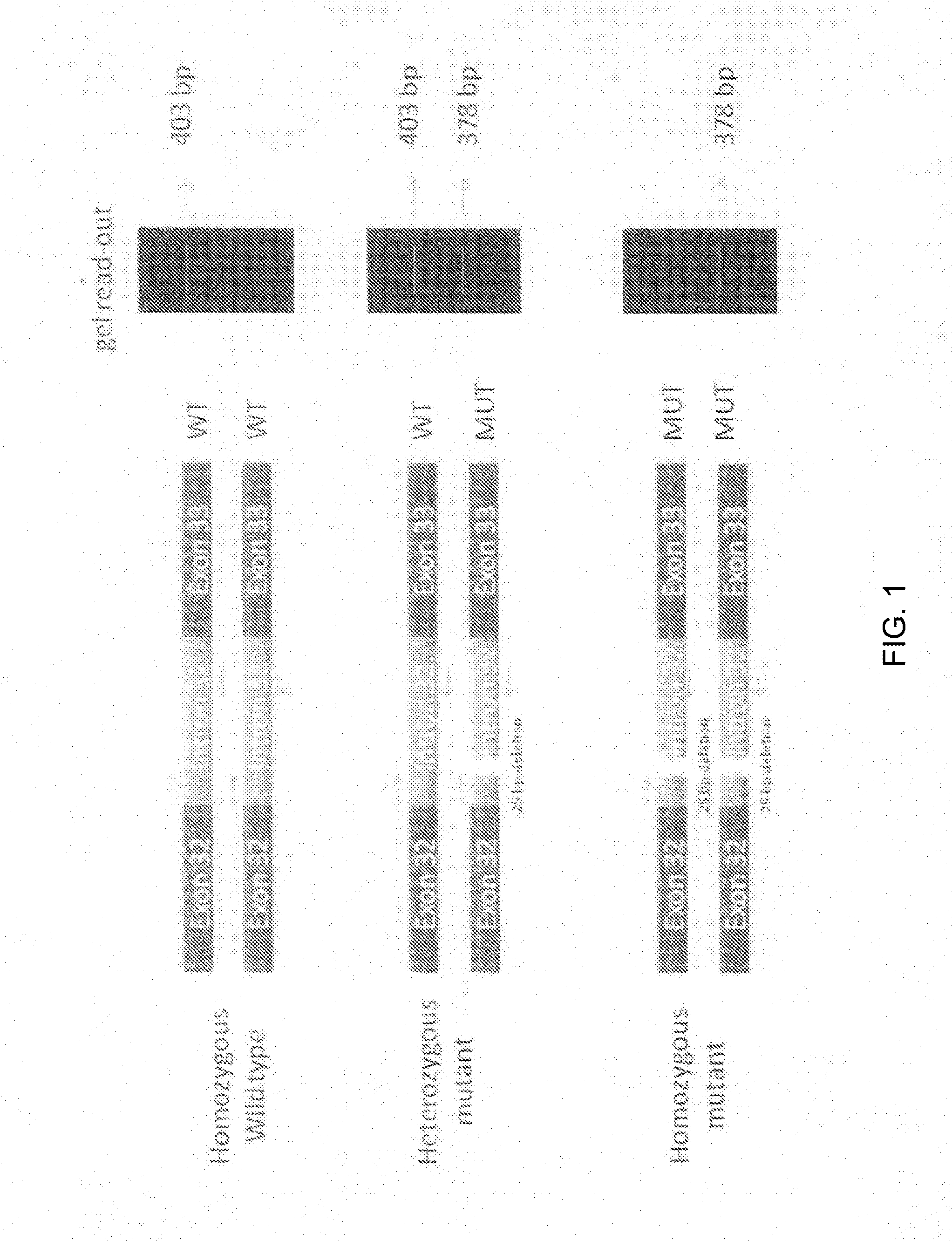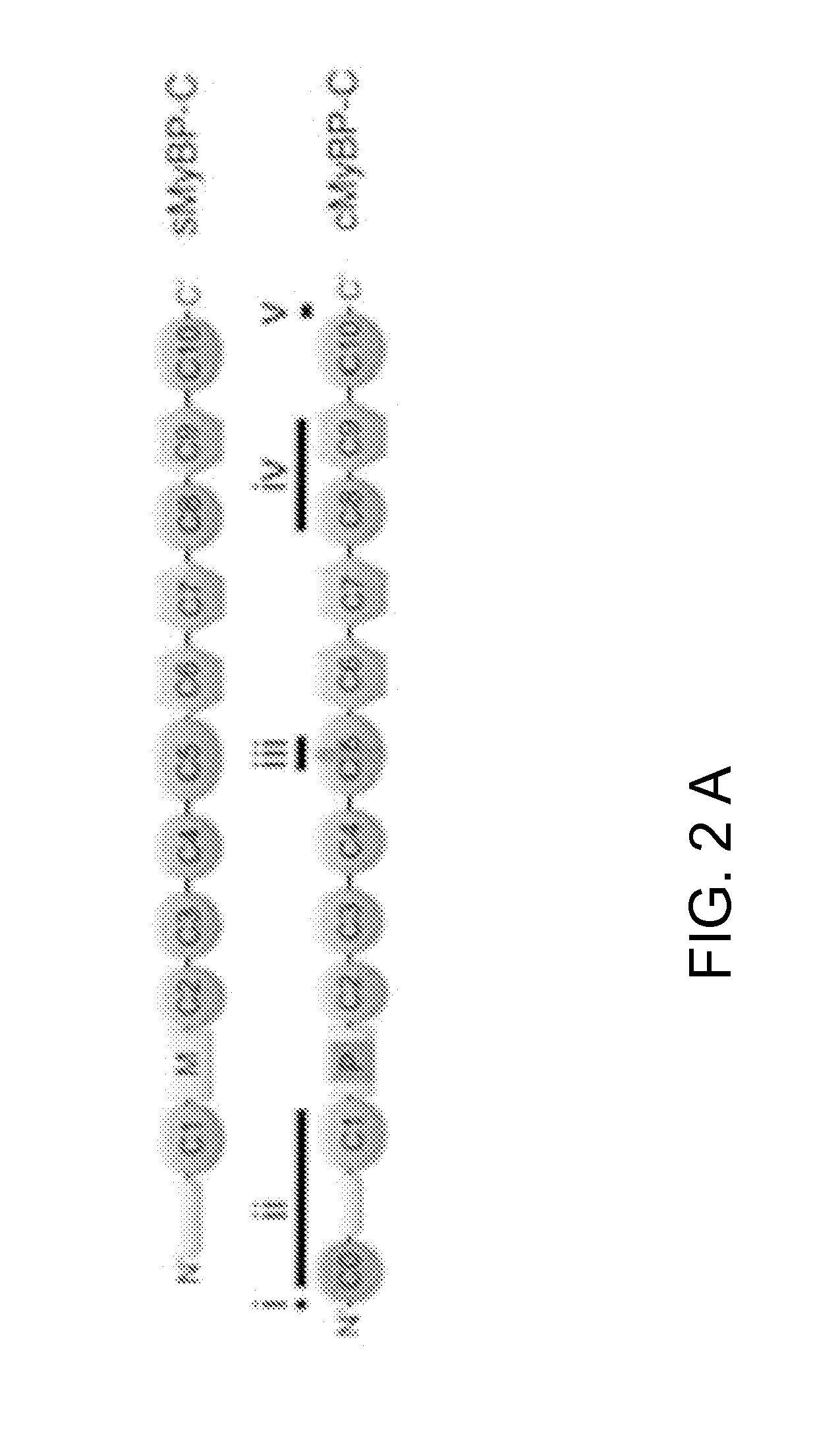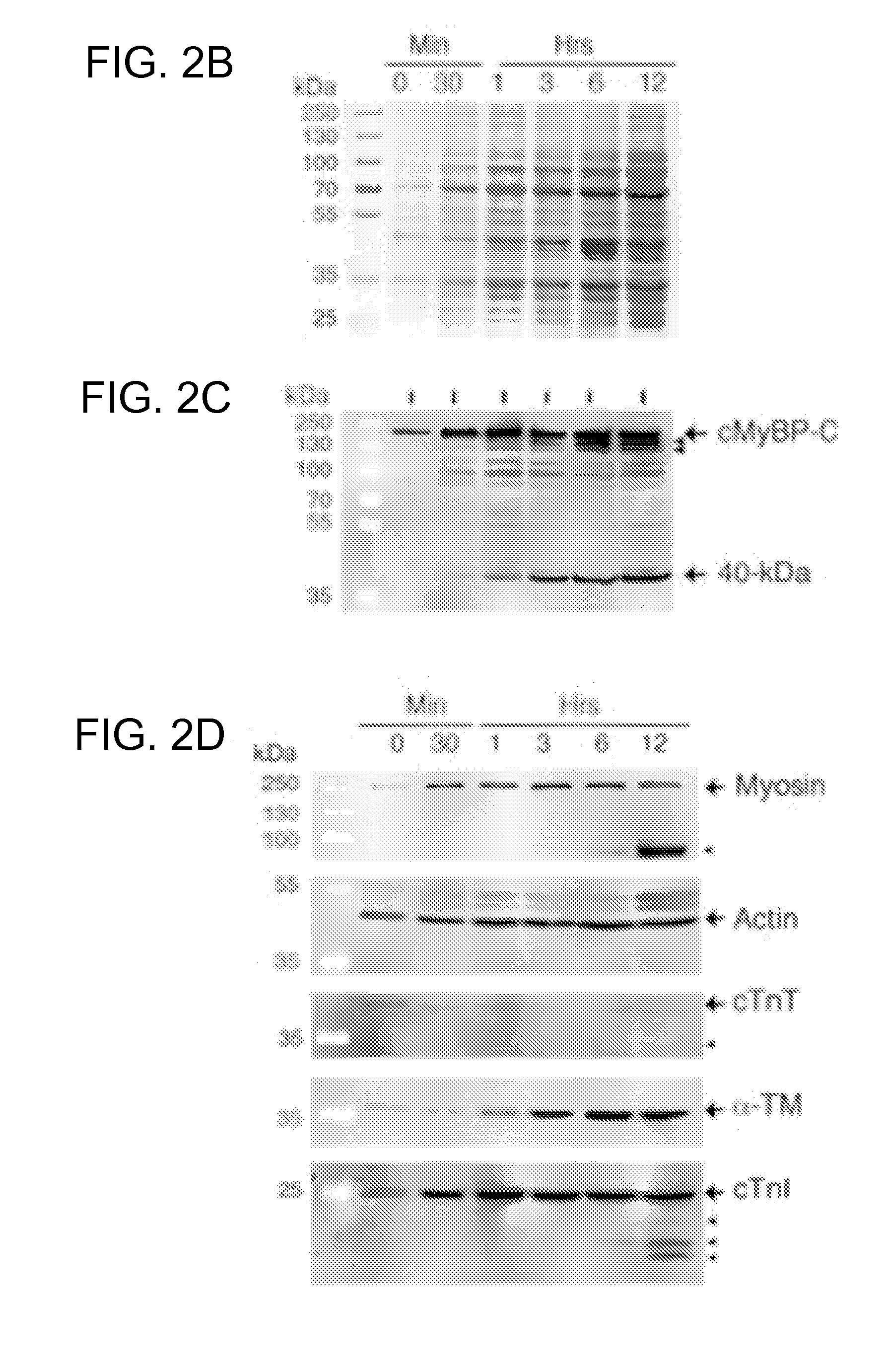Methods and assays for risk prediction, diagnosis, and analysis of myocardial infarction, heart failure and reduced cardiac function
a risk prediction and cardiac function technology, applied in the field of myocardial infarction (mi), can solve problems such as contractile dysfunction, failure and inability to generate tension during systol
- Summary
- Abstract
- Description
- Claims
- Application Information
AI Technical Summary
Benefits of technology
Problems solved by technology
Method used
Image
Examples
Embodiment Construction
[0055]The present invention will be described in terms of methods and assays for risk prediction, diagnosis, and analysis of myocardial infarction (MI), myocardial failure, and reduced cardiac function. In one aspect of the present invention, the potential risk of MI is determined by DNA analysis of cardiac myosin binding protein-C. In another aspect of the present invention, detection of cardiac myosin binding protein-C proteins and its peptides, phosphorylation status and autoantibodies in human body fluids or tissue samples is used as a predictor / indicator to detect MI and determine its severity.
[0056]Cardiac myosin binding protein-C (cMyBP-C) is a 140-kDa sarcomeric thick filament protein and myosin stabilizer that is involved in regulating sarcomeric structure and function in the heart. Increasing evidence suggests that cMyBP-C plays a critical role in regulating myosin function and cardiac contraction. Given that mutations in this protein have been linked to familial hypertrop...
PUM
 Login to View More
Login to View More Abstract
Description
Claims
Application Information
 Login to View More
Login to View More - R&D
- Intellectual Property
- Life Sciences
- Materials
- Tech Scout
- Unparalleled Data Quality
- Higher Quality Content
- 60% Fewer Hallucinations
Browse by: Latest US Patents, China's latest patents, Technical Efficacy Thesaurus, Application Domain, Technology Topic, Popular Technical Reports.
© 2025 PatSnap. All rights reserved.Legal|Privacy policy|Modern Slavery Act Transparency Statement|Sitemap|About US| Contact US: help@patsnap.com



